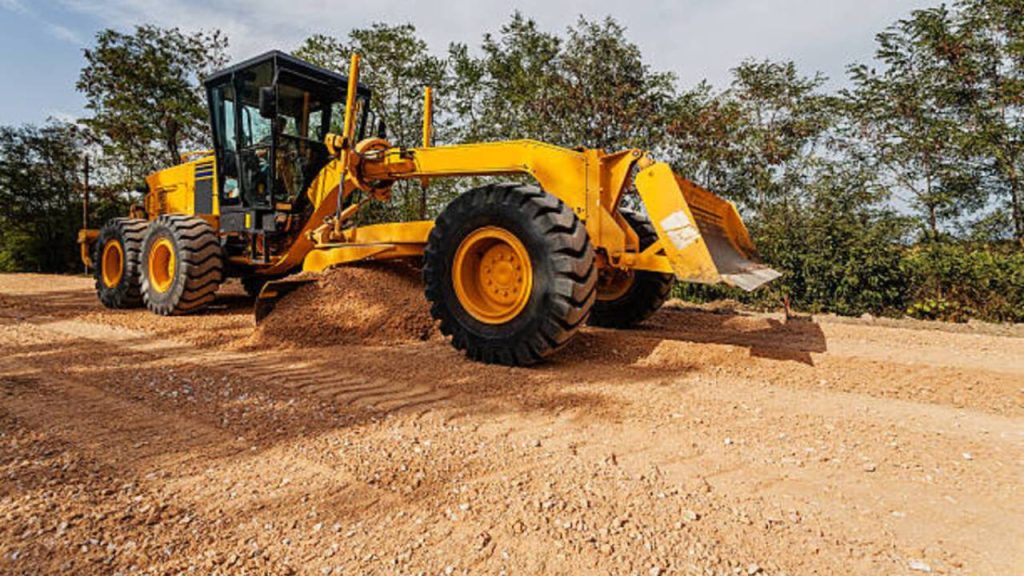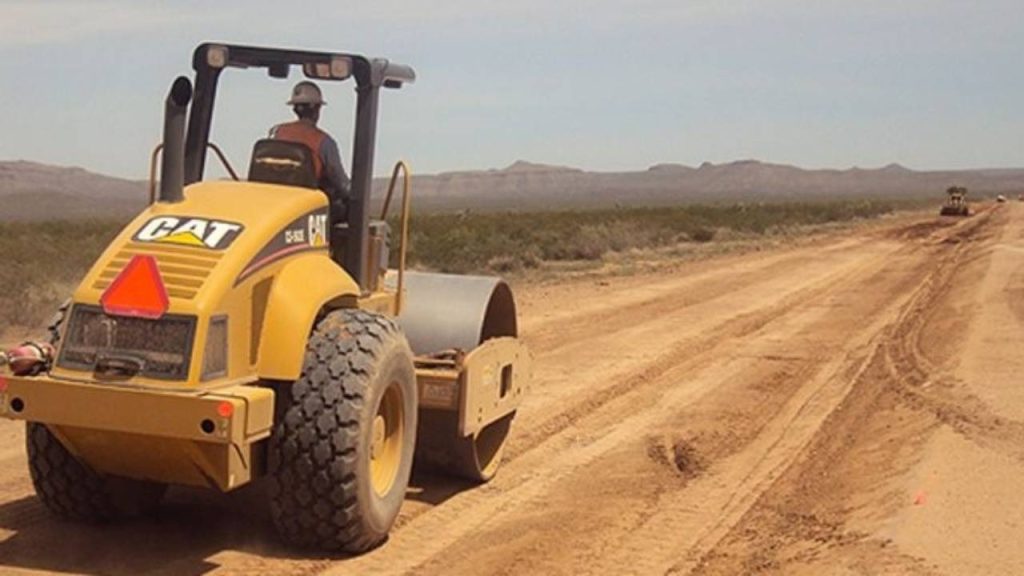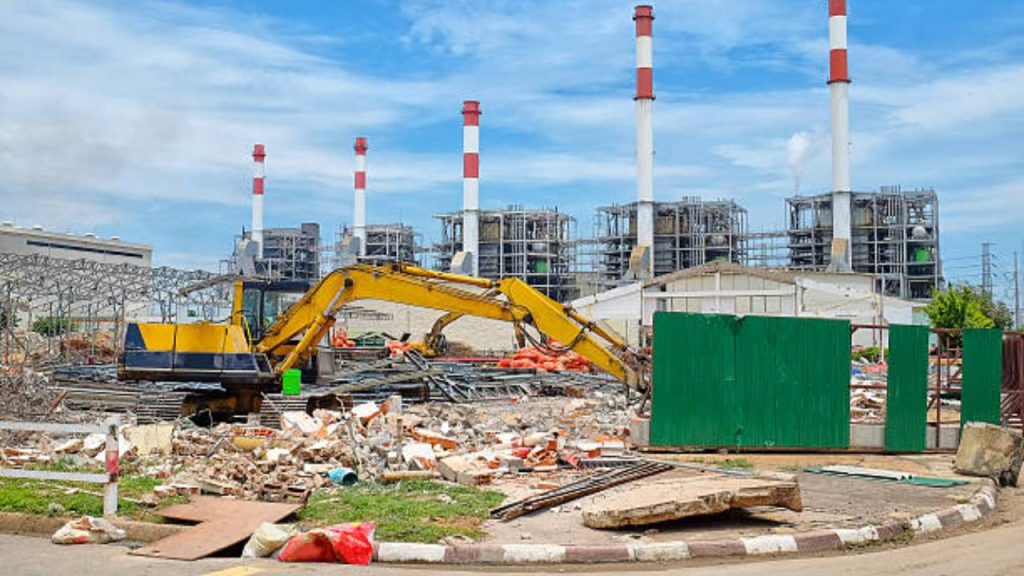Standard technical specification for earthwork excavation and backfilling
In any construction project, laying a strong foundation is key to the integrity of the structure. One of the first and most crucial steps in this process is earthwork, which includes excavation and backfilling. It is essential to follow strict specifications to ensure that the resulting sub grade, base course, and finished surfaces meet all necessary requirements for strength, durability, and safety.
Earthworks & Roadworks Contractors
We have been providing earthwork services for over 30 years, and have built a reputation for delivering results that exceed our customers’ expectations. Our experienced and knowledgeable team is here to help you with all your earthwork needs – from excavation and grading to drainage and foundation work.
Understanding Earthwork
Earthwork is a broad term that encompasses several key operations in the initial phases of construction. These operations typically include clearing and grubbing, excavation, grading, and backfilling. The earthwork contractor takes care of all these operations. Earthwork includes land development operations with the aim of setting up a construction there. In other words, it consists in preparing a ground on which you want to build or reinforce a structure (building, road, dam) or carry out an external installation.
Earth Excavation Work
حفر consists of removing earth or rubble from land in order to level or lower it. Different techniques can be used to achieve this depending on the type of soil (rocky, loose, etc.). For example, it is during excavation work that a mechanic shovel will dig a trench where pipes will later be buried.
After earth extraction, it is transported to the landfill or to the waste collection center. Depending on the soil quality, it can be sorted on site if necessary to reuse as backfill. It is sometimes also possible to monetize the removed land from operators of farms, quarries or building sites.
Excavation in Earth, Soil and Rock
With mechanical excavators, along with carting away and disposing the same post obtaining approval from regulatory authorities at the dumping ground, which include shoring, strutting, protecting sides from collapses, slush removal etc.
Excavation in hard rock
For basement excavation by using manual methods, of chiseling / wedging or mechanical means or controlled blasting. If required we also procure proper permissions from the authorities, including conveying excavated rock at designated area, and stacking including shoring and strutting.
Excavation in dense or loose silt
Including shoring, protection of the slides / slopes with any additional excavation required for workspace. Carting away and disposing the same at the dumping ground. Other activities include shoring, strutting & dewatering.

Clearing and Grubbing
Earthwork Excavation and Backfilling involve the removal of all vegetation, debris, and any other obstacles that could interfere with construction.
Earthwork Excavation and Backfilling is the process of moving earth, rock, or other materials with tools, equipment, or explosives. It includes trenching, wall shafts, tunneling and underground. The work includes any sort of excavation earth or and removal of unsuitable layers to reach the level of subgrade. Usually, we carry out excavation to the levels of the bottom of subgrade for roads according to drawings or specifications. This includes structural excavation for box culverts, for reinforced pipe culverts, for retaining walls, for PVC ducts, and for gabions. The excavation contractor must dispose of the unsuitable material outside the site to places approved by the concerned authority.
Earth Grading
Grading is the process of ensuring a level base, or one with a specified slope, for the construction work that follows. This is a crucial step for providing a solid base for the foundation or any other structural elements.
Backfilling

Backfilling is the process of replacing or reusing the same soil in the site. The next step is backfilling the excavated area with suitable material.
Types of Earthwork Excavation and Backfilling
- Cut and Fill: This involves cutting into a slope or hillside and moving the excavated material to a lower area to create a level surface.
- Trench Excavation: Used for laying pipes or other underground utilities, trench excavation must consider the depth and width of the trench.
Earthwork Excavation Depth and Slope
The site engineer usually determines the depth and slope of excavation.
Backfilling Specifications
Backfilling is the process of filling the excavated area with suitable material to provide support and stability to the structure. This includes the type of material, compaction, and any drainage considerations.
Compaction Requirements
Most importantly, compaction of the backfill is essential to eliminate air pockets and provide a solid support for the foundation.
Laying the Subgrade and Base Course

Subgrade
The subgrade is the layer of soil on which the base course rests.
- C.B.R 20% minimum 12 maximum
- Max. Size=3 (7.5cm)
- C.B.R 20% minimum P.I. 12 maximum
- Max. Size=3 “(7.5 cm)
SUB-BASE COURSE
- Aggregate material for sub base course shall consist of crushed limestone or, crushed granite.
- Liquid limit must not exceed 30. (AASHTO-T90)
- Plasticity Index must be 2-8 (AASHTO-T90-T89
- C.B.R.> 40% for maximum dry density. (AASHTO-T193)
- Sand equivalent must be 25% or more (AASHTO-T176)
BASE COURSE Specifications
- Aggregate material for base course shall consist of crushed lime stone crushed granite or crushed basalt.
- Liquid limit must not exceed 25. (AASHTO-T90)
- Plasticity Index must be 2-6 (AASHTO-T90-t89)
- C.B. R> 80%for maximum dry density of modified proctor (AASHTOT193).
- Sand equivalent must be 30% or more (AASHTO-T176)
Importance of Compaction

Compaction increases the density of the soil, thereby increasing its load-bearing capacity and stability.
Testing for Compaction
To ensure that the soil has reached the desired level of compaction, site engineers require testing the compaction. It determines the optimum moisture content and maximum dry density of the soil.
Best Practices in Earthwork Excavation and Backfilling
- Safety Precautions
Shoring and sloping are necessary to prevent collapses and protect workers.
- Environmental Considerations
Earthwork contractor should consider the impact on the surrounding environment. Erosion control and sediment management are essential to prevent negative environmental impacts.
- Quality Control
- regular inspections and adherence to specifications are crucial for maintaining the quality of the work.


